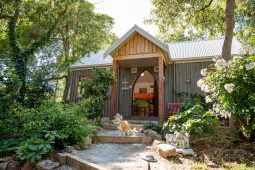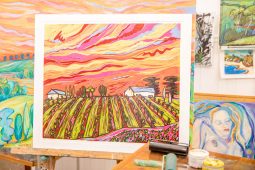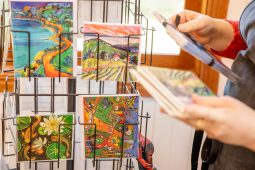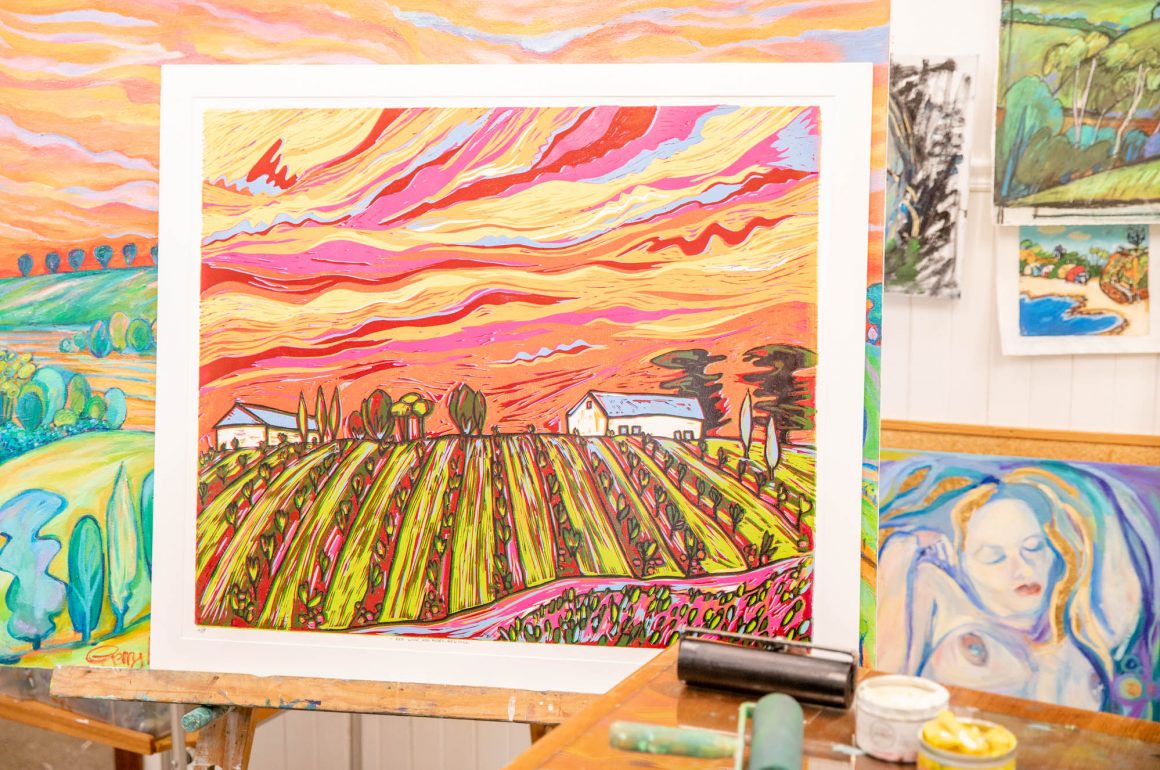
Linocut has always been my absolute favourite printmaking technique. I first attempted in year seven. At the time, I was of course consumed by the love of horses and all things “horsey “, so my first linocut image was running horses in a field.
What I loved above linocut was that it was so graphic and direct, and not at all fiddly like etching. It felt to me a natural complimentary practice to my style of painting

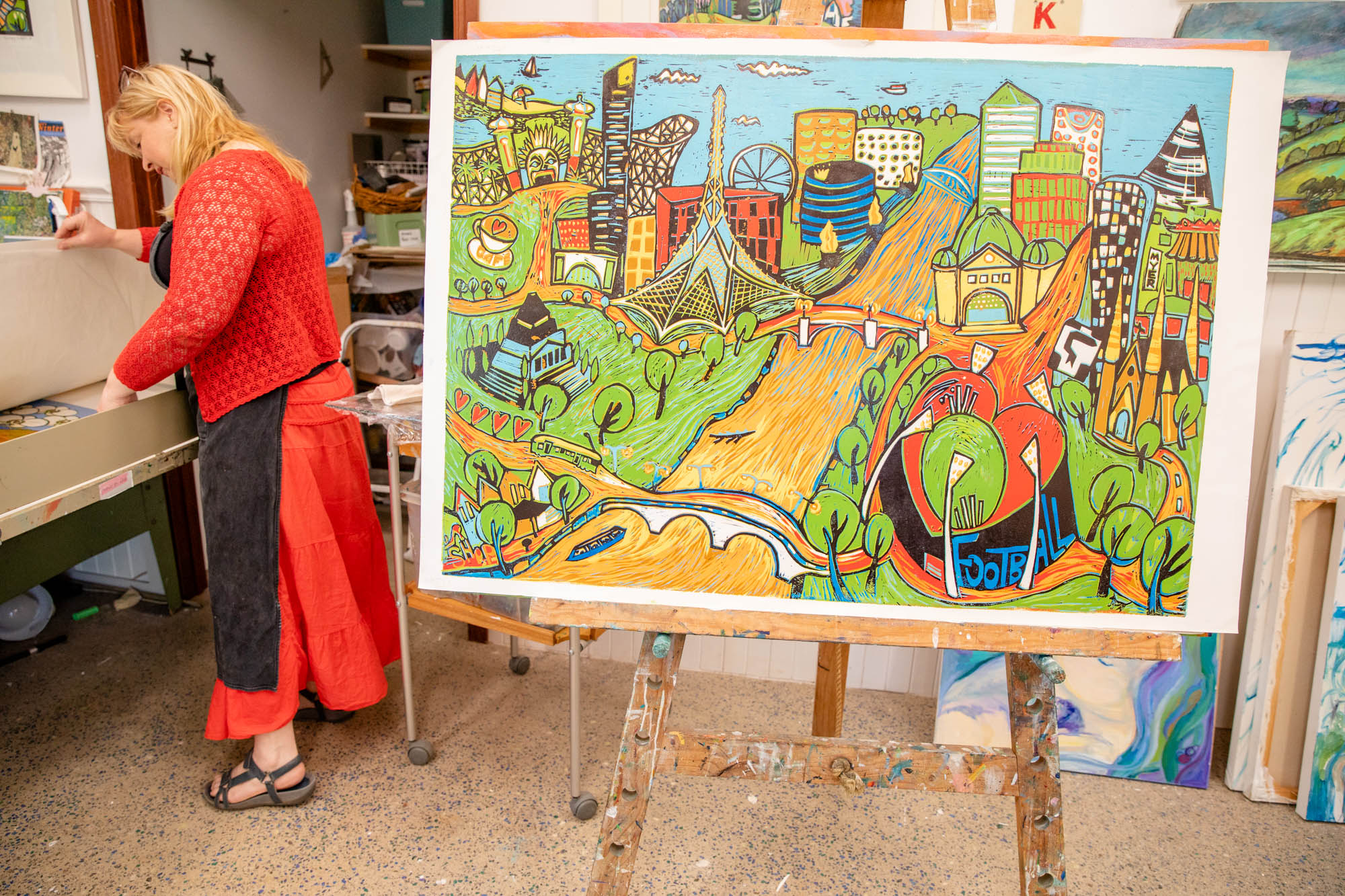
The broad strokes and bold expression you could achieve was amazing, and when studying art history, I was immediately drawn to the German expressionist printmakers who were experts in this style, although mostly black and white, they seemed to have a emotive feel which resonated with my style and I fell in love with the medium.
When talking to many clients it is a wonderful thing it is to speak to so many people who as children in Australia did linocuts at school and remember it, usually with fond memories!
I use the reduction method for my linocuts. I use this method to create an increasingly detailed image with the same block, by the process of elimination.
One piece of lino (powdered cork, resin and linseed oil, backed and glued onto burlap hessian),
Is glued onto a board which I have cut to size.
It is a process working from lightest colour to darkest colour.
Many planning sketches and designs are done until I am happy with my design and colours.
I then transfer my desired image onto the lino, I cut out any areas that are to remain white and print my first colour on all editions, for example light citrus yellow.
When done I then cut away all areas that I wish to remain yellow and then print up my next colour for example light green.
Next after they are done, I cut away all areas I wish to remain green, and so on for all remaining colours, the process being repeated until there is only the areas of the last colour left on the block -usually a warm or cool black.
Every lino cut can take me many weeks of work
I can use up to a dozen colours of my oil-based ink.
It has taken me a long time and a lot of trial and error to work out what suits my work, trying many ink variations and techniques.
The end result can be very textural and expressive.


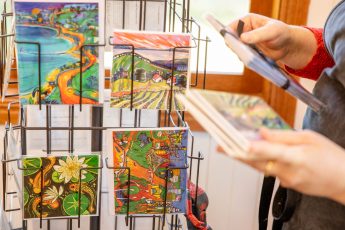

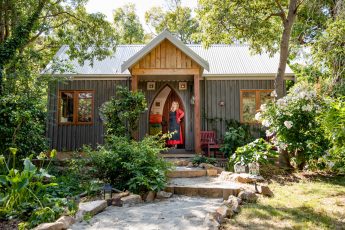
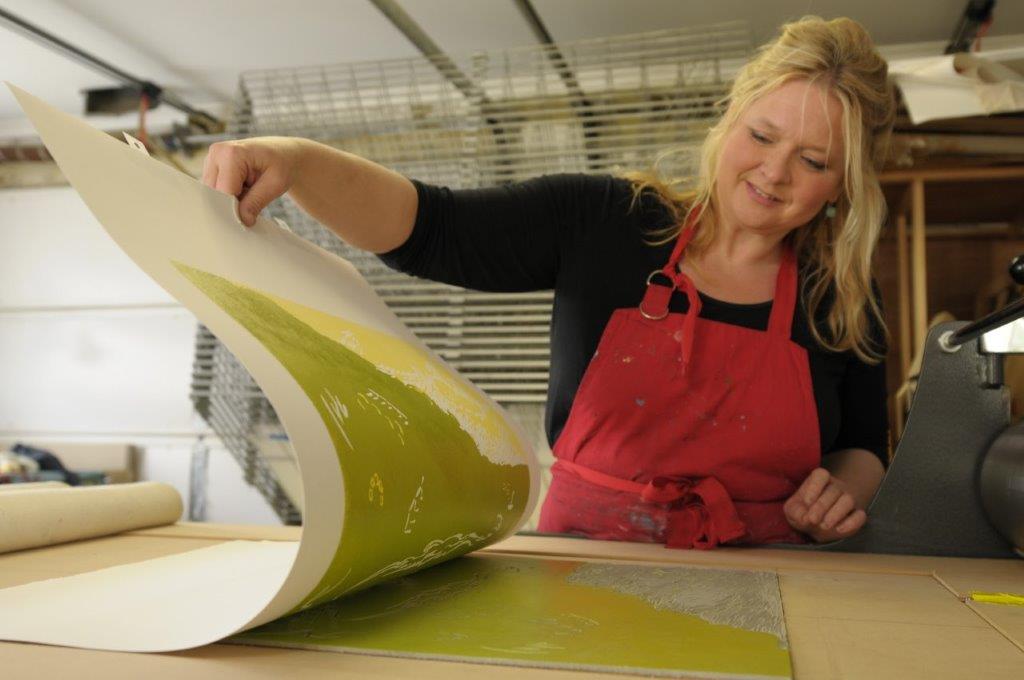 Hello, my name is Gerry Knight. I am an artist living in the Mornington Peninsula. This is my blog, where I post my work, my studio and all things art related. If you would like to work with me or simply have a question you can
Hello, my name is Gerry Knight. I am an artist living in the Mornington Peninsula. This is my blog, where I post my work, my studio and all things art related. If you would like to work with me or simply have a question you can 
